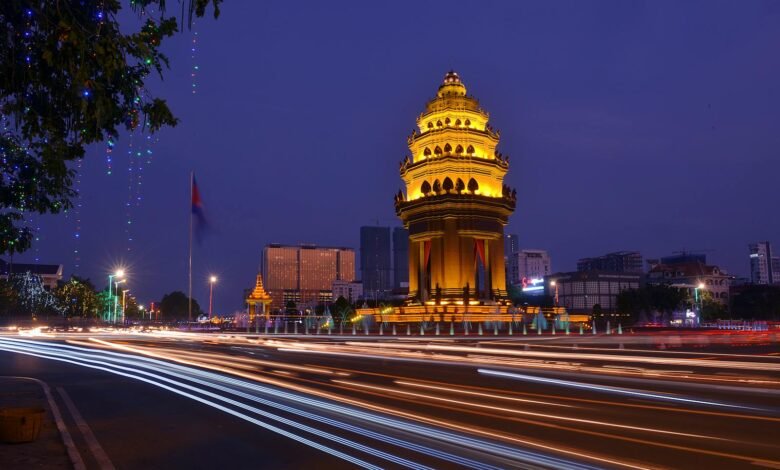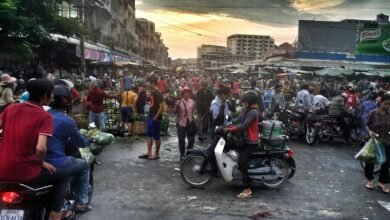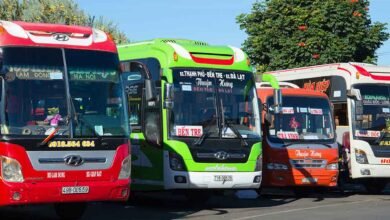Cambodia
Languages and Religions in Cambodia

Cambodia is a culturally rich country with a unique blend of languages and religions that reflect its historical influences and ethnic diversity.
Languages in Cambodia
- Khmer (Cambodian):
- Official Language: Khmer is the official language of Cambodia and is spoken by approximately 90% of the population. It is used in government, education, media, and everyday life.
- Script: Khmer script, which has roots in the ancient Brahmi script of India, is distinctive for its intricate characters.
- Dialects: There are minor regional dialects, but they are generally mutually intelligible.
- Cham:
- Spoken by Cham Muslims: The Cham language is spoken by the Cham people, who make up a significant portion of the Muslim population in Cambodia.
- Influences: The Cham language has influences from Malay and Arabic, reflecting the community’s historical and religious ties to other Muslim communities in Southeast Asia.
- Minority and Foreign Languages:
- Languages of Ethnic Minorities: Various ethnic groups in Cambodia, such as the Vietnamese, Lao, and indigenous highland communities, have their own languages, though they are often bilingual in Khmer.
- French: Due to Cambodia’s history as part of French Indochina, French was widely spoken and is still taught in some schools, especially among the older generation and in legal contexts.
- English: English has become increasingly popular, especially in urban areas, due to globalization and tourism. It’s commonly taught in schools and used in business and tourism sectors.
Religions in Cambodia
- Theravada Buddhism:
- Dominant Religion: Theravada Buddhism is the state religion and is practiced by about 95% of the population. It has been the central spiritual foundation of Cambodian culture and daily life for centuries.
- Temples and Monks: There are thousands of Buddhist temples (pagodas) throughout the country, and monks play an important role in community rituals, education, and social services.
- Influence: Buddhist values deeply influence Cambodian customs, art, and festivals, and major events like Vesak and Pchum Ben are widely celebrated.
- Islam:
- Cham Muslims: Islam is primarily practiced by the Cham ethnic minority, who are Sunni Muslims, as well as some ethnic Malays.
- Mosques: Cham communities have built mosques, mostly in Kampong Cham, Phnom Penh, and other areas with Cham populations. Islamic practices, including prayer, fasting, and dietary laws, are observed within these communities.
- Christianity:
- Minority Religion: Christianity is a minority religion in Cambodia, with Protestant and Catholic communities mainly in urban areas.
- Missionary Influence: Christian missions, especially from Western countries, have established churches, schools, and charities in Cambodia, contributing to the small but growing Christian population.
- Indigenous Animism:
- Ethnic and Rural Groups: Indigenous highland tribes, such as the Bunong and Jarai, often practice animism, which involves the belief in spirits residing in natural elements like rivers, trees, and mountains.
- Cultural Practices: These groups hold traditional rituals, ceremonies, and festivals related to agriculture, nature, and ancestor worship, blending elements of animism with Buddhist and Christian influences in some cases.



